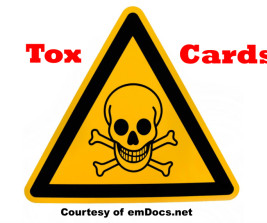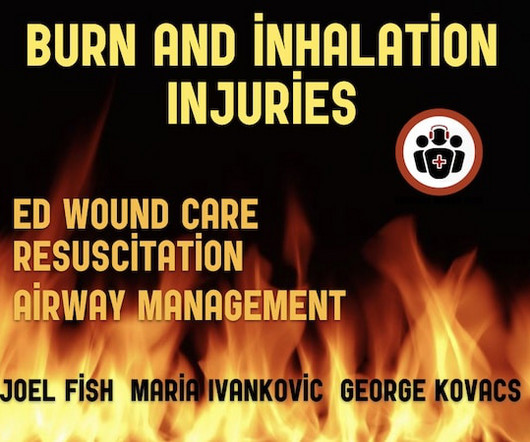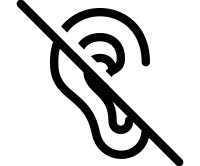ToxCard: Organic Mercury Poisoning
EMDocs
JULY 19, 2023
Diagnosis and Management: Whole blood mercury concentrations are the most useful for diagnosis of organic mercury poisoning, as organic mercury undergoes little urinary excretion. 6 The neurotoxicity caused by organic mercury poisoning is permanent, thus, you must act fast. Adverse Drug React Acute Poisoning Rev. Am J Cardiol.













Let's personalize your content